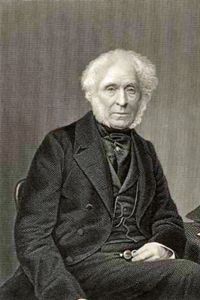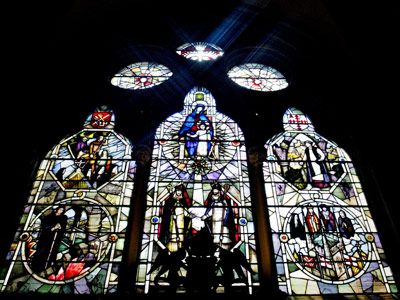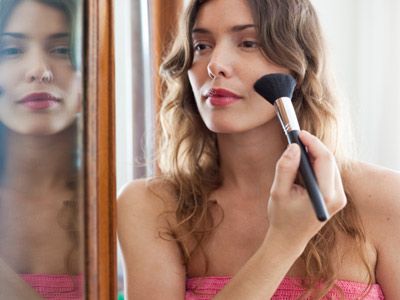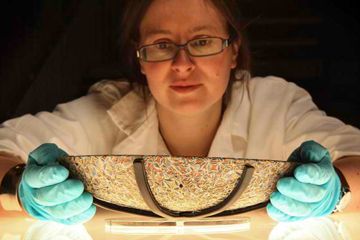At the most basic level, a kaleidoscope is made of two or more mirrors or reflective surfaces positioned at an angle to each other, usually forming a V-shape or a triangle. A tubeorcase -- often looking like a spyglass -- is the body surrounding the mirror assembly. A collection of objects is positioned at one end of the mirrors, and there's an eyehole at the other end.
What you see when you look through that eyehole will never be exactly the same twice! While the container holding the objects is usually as large as -- or larger than -- the kaleidoscope tube, only the portion of the objects that fall within the space of the triangle within the object holder is reflected.
Consider a pizza cut into wedge slices. A single slice might represent the objects that are displayed in the vee-shaped or triangular area of a kaleidoscope. However, if you put that slice of pizza between two angled mirrors, what you'd see would look almost like a whole pizza made up of numerous reflections of that one slice, side by side.
Basic geometry tells us that a circle, like a complete pizza, is 360 degrees around. Each pizza slice or triangle in the kaleidoscope is a portion of that. The fatter the wedge, the wider the angle is at its point; the thinner the wedge, the smaller the angle. The size of the angle determines how many times that slice is reflected. For example, if your slice is one-fourth of the whole pizza, the angle is 90 degrees. In a kaleidoscope with two mirrors, that pizza slice appears four times in the image at the end of the kaleidoscope. If the slice is half that size -- a 45-degree angle -- it's reflected eight times in the image [source: Kohler]. The smaller the slice, the more times it appears.
Fortunately, the image in the average kaleidoscope is far more interesting than pizza. Even the simplest collection of ordinary buttons, beads or glass pieces is transformed into an intricate and beautiful design when a kaleidoscope does its work. This is due in part to the principle of symmetry. If you draw a line down the center of a symmetrical object, the halves on either side of the line are the same. Commonly, you'd say that they're mirror images of each other. In a kaleidoscope, each repeated image is symmetrical in relation to the image beside it. The more precisely the mirrors or reflective surfaces are joined together, the more precise the resulting symmetrical images will be.
In a two-mirror kaleidoscope, a 30-degree wedge has 11 reflections [source: Staub]. If the original wedge is at the very top (at 12 o'clock on a clock face), the reflections on its right and left (11 o'clock and 1 o'clock) are the first reflections of the original image. Given the way light hits a mirror and reflects away at the same angle, a blue bead placed at the right-hand edge of the original wedge would appear in the same position on the left-hand edges of the first set of reflections. The reflections at 10 o'clock and 2 o'clock are the second set of reflections; the blue bead appears on the right-hand edges of these wedges.
The third set of reflections (9 o'clock and 3 o'clock) shows the blue bead back on the left-hand edge. The blue bead appears on the right-hand edge in the fourth set of reflections (8 o'clock and 4 o'clock). And it appears on the left-hand edges in the fifth set of reflections (7 o'clock and 5 o'clock). The final reflection (6 o'clock) shows the bead once again on the right-hand edge. The way the object reflections move from side to side and combine with others in this symmetrical dance form the patterns that make kaleidoscopes so delightful.
The two-mirror construction creates a design of wedge reflections filling 360 degrees with a black background. Three or more mirrors will result in a design that fills the entire space with even more intricate geometric patterns and their seemingly endless reflections. For example, three mirrors create a series of complex triangular reflections. The mirror angle affects the pattern.
Because the objects in the kaleidoscope move -- usually after you shake them or rotate the object container -- they never are arranged exactly the same way a second time, and no two designs will ever be perfectly identical.
Want to know how this ingenious device came to be? Then read on.




